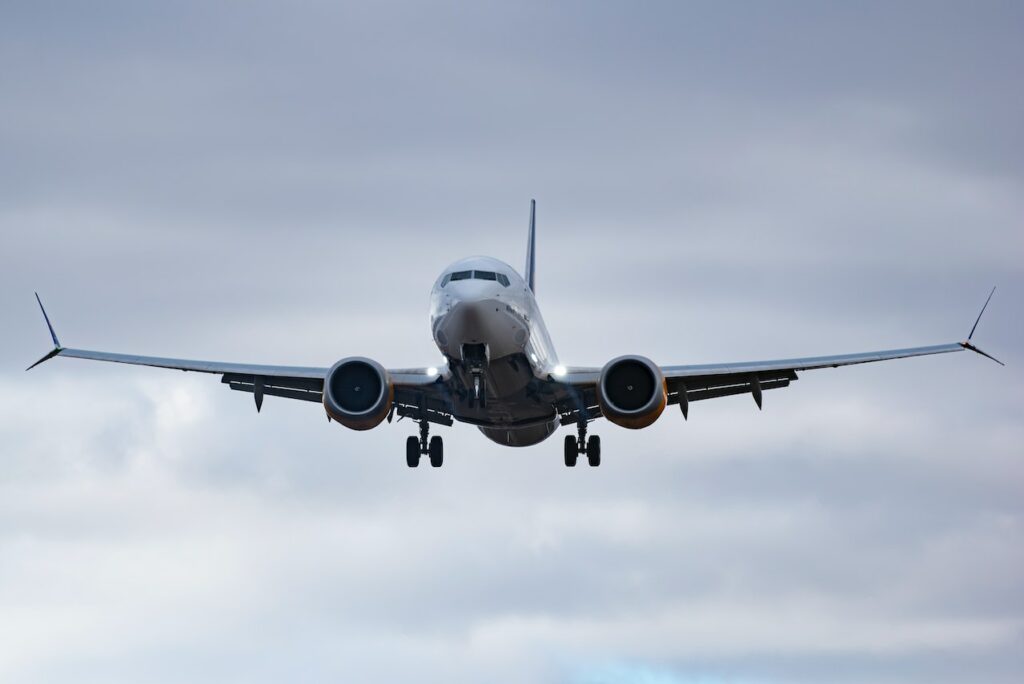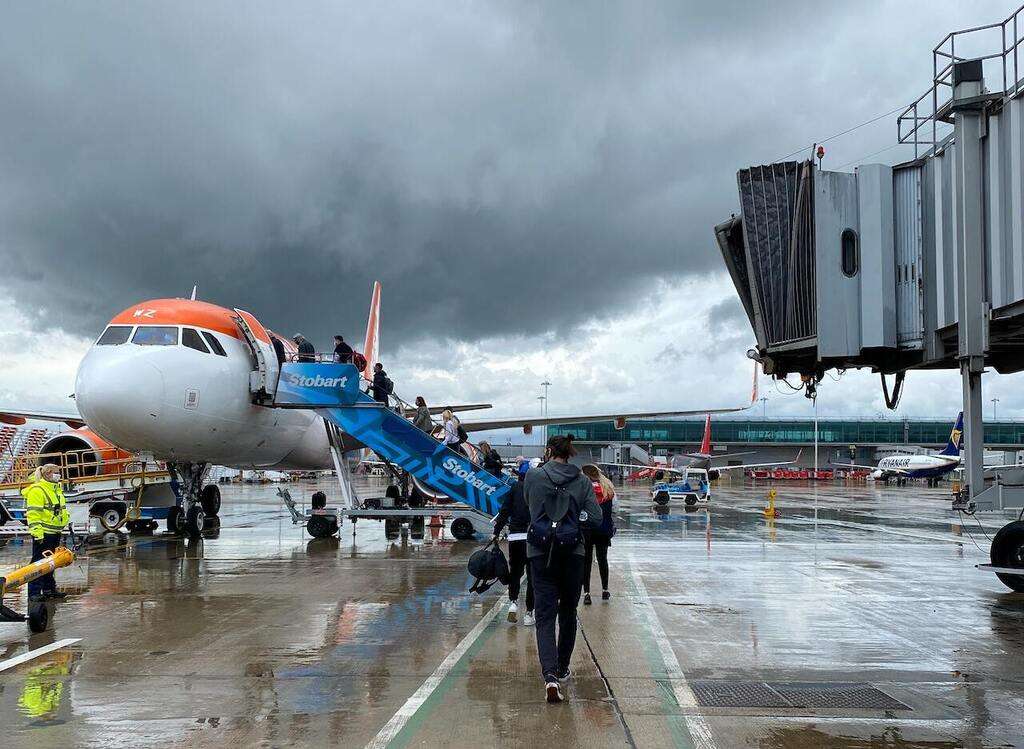The International Air Transport Association (IATA) has announced the expansion of its Turbulence Aware data transmission in collaboration with The Weather Company.
This partnership aims to enhance aviation solutions by integrating real-time turbulence data into industry-leading tools.
With this enhancement, participating airlines will soon be able to access Eddy Dissipation Rate (EDR) turbulence data directly through Fusion™ and Pilotbrief® tools by The Weather Company.
The IATA Turbulence Aware service will be enabled as an additional data layer within these tools.
The will essentially allow pilots, dispatchers and flight planners to have access to much needed turbulence observations integrated directly into their mission critical applications in one place rather than relying on multiple screens.

Significance of Turbulence in Aviation
Turbulence, a common phenomenon during flights, poses various challenges to aviation operations. It affects crew and passenger safety, route planning, arrival and departure times, customer satisfaction, and equipment maintenance.
Understanding turbulence is crucial for optimizing flight paths and ensuring a smooth travel experience.

The integration of IATA Turbulence Aware data into The Weather Company’s Fusion™ and Pilotbrief® tools marks a significant milestone.
This collaboration enables airlines to access Eddy Dissipation Rate (EDR) turbulence data directly, streamlining the decision-making process for pilots, dispatchers, and flight planners.

Features of the New System…
One of the key features of IATA Turbulence Aware is its provision of real-time turbulence information.
By incorporating anonymized EDR data from thousands of flights, the platform offers a comprehensive view of atmospheric turbulence intensity.
This data layer enhances the functionality of existing aviation tools, providing a holistic approach to turbulence mitigation.
Role in Flight Safety and Efficiency
The availability of accurate turbulence information is paramount for ensuring flight safety and efficiency.
Pilots and dispatchers can use this data to select optimal flight paths, avoid turbulence, and maximize fuel efficiency.
By reducing CO2 emissions, airlines contribute to environmental sustainability while enhancing operational performance.

Addressing Challenges with Climate Change
As climate change continues to impact weather patterns, managing turbulence becomes increasingly challenging. IATA Turbulence Aware plays a crucial role in addressing these challenges by providing timely and accurate weather data.
By leveraging insights from The Weather Company, airlines can better prepare for inclement weather conditions and mitigate risks.
Conclusion
The adoption of IATA Turbulence Aware has been steadily growing, with 21 airlines currently participating in the platform.
In 2023 alone, over 380 million turbulence observations were generated, benefiting more than 700 million passengers. This expansion reflects the industry’s commitment to improving the travel experience through innovative solutions.

Click the banner to subscribe to our weekly newsleter.

Click the photo to join our WhatsApp channel so then you can stay up to date with everything going on in the aviation industry!









